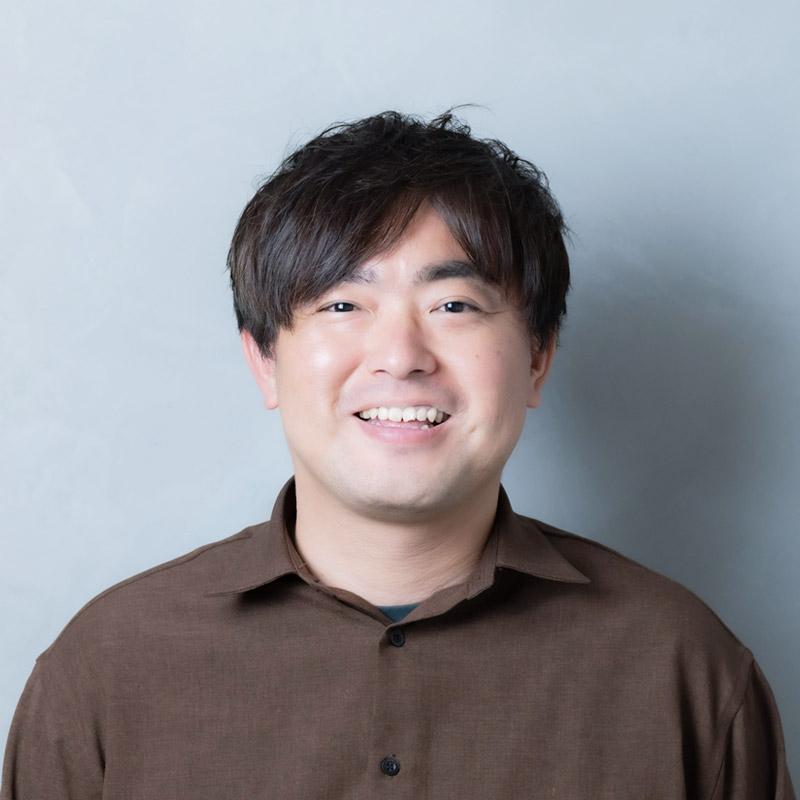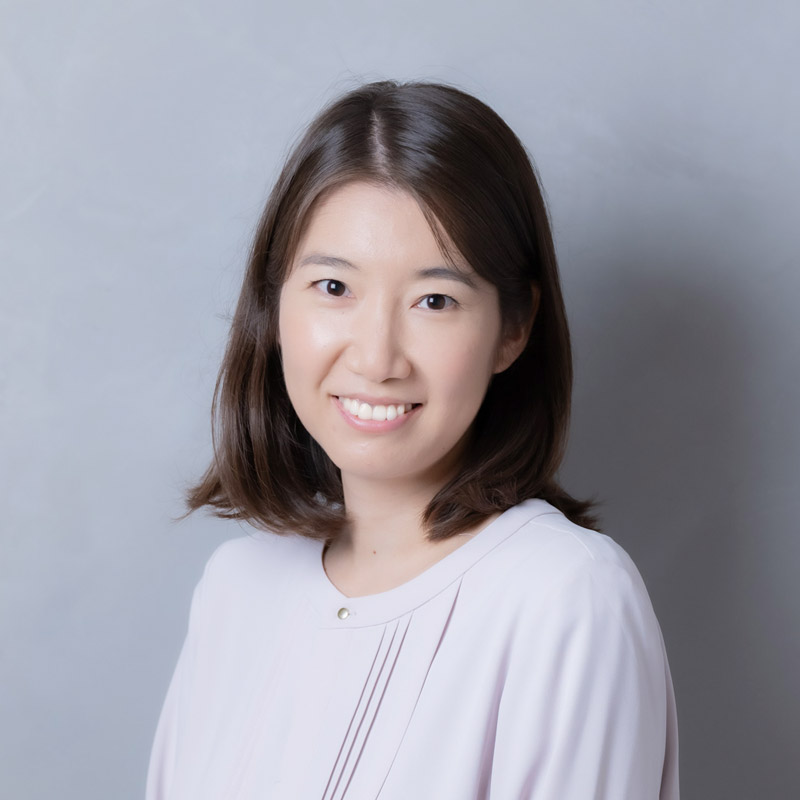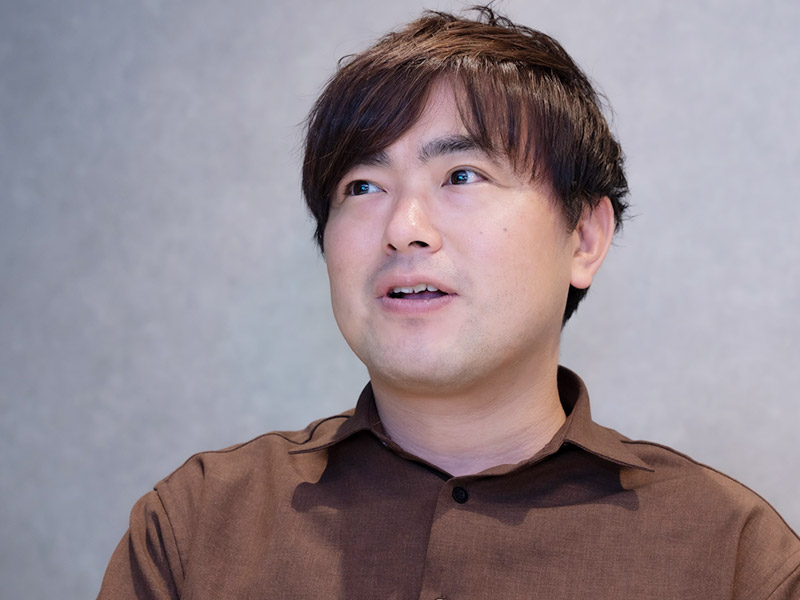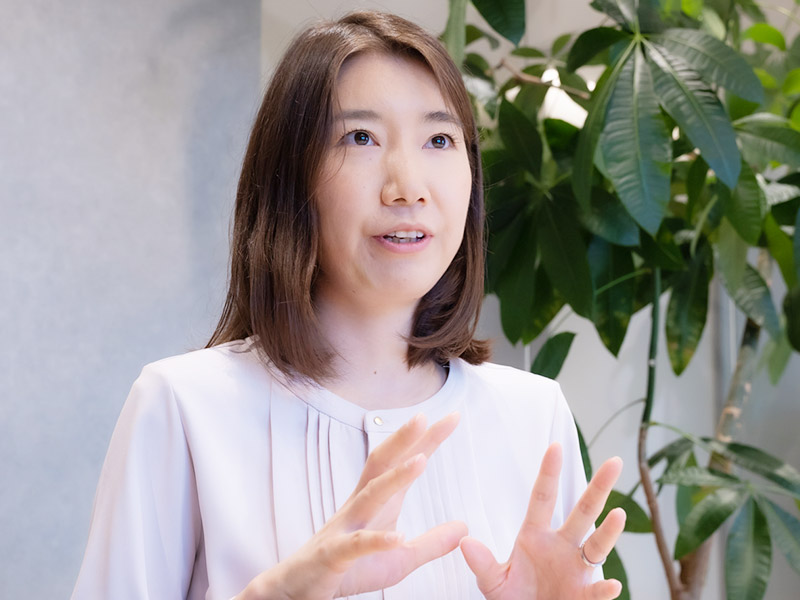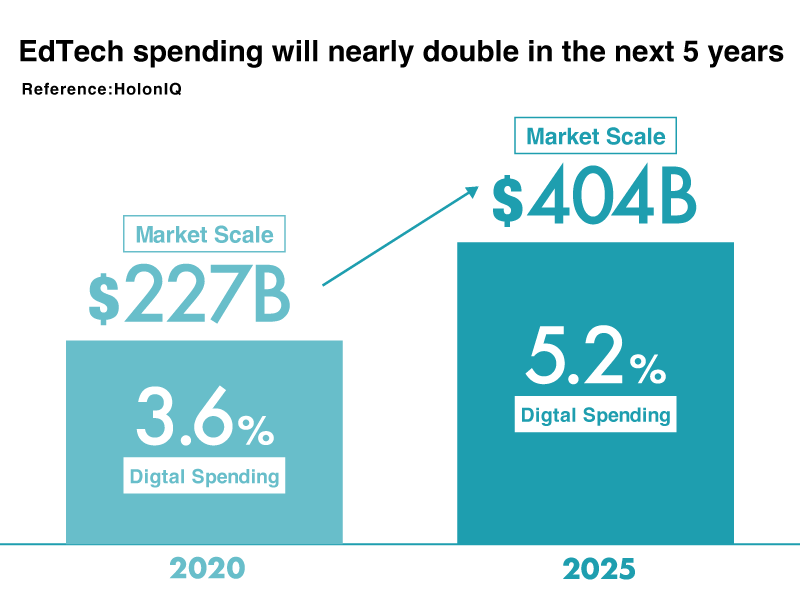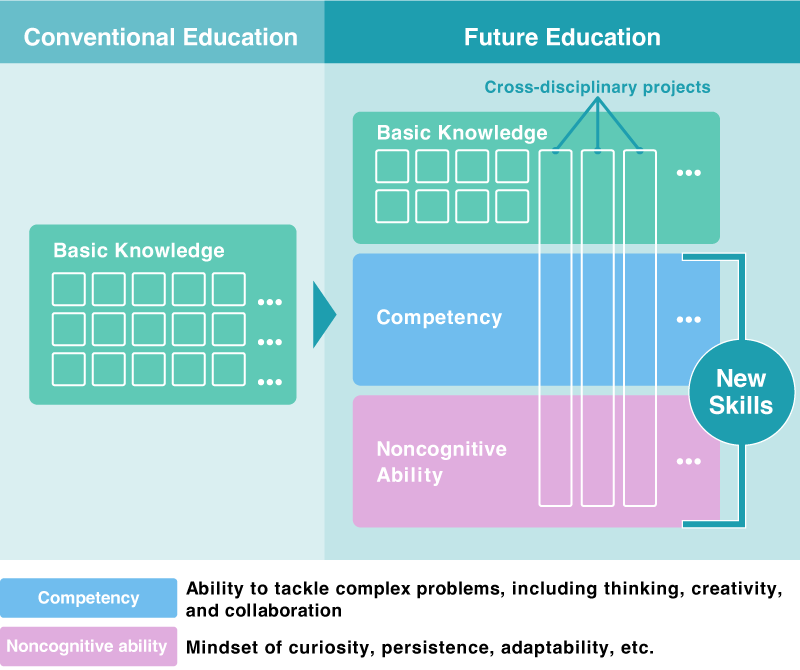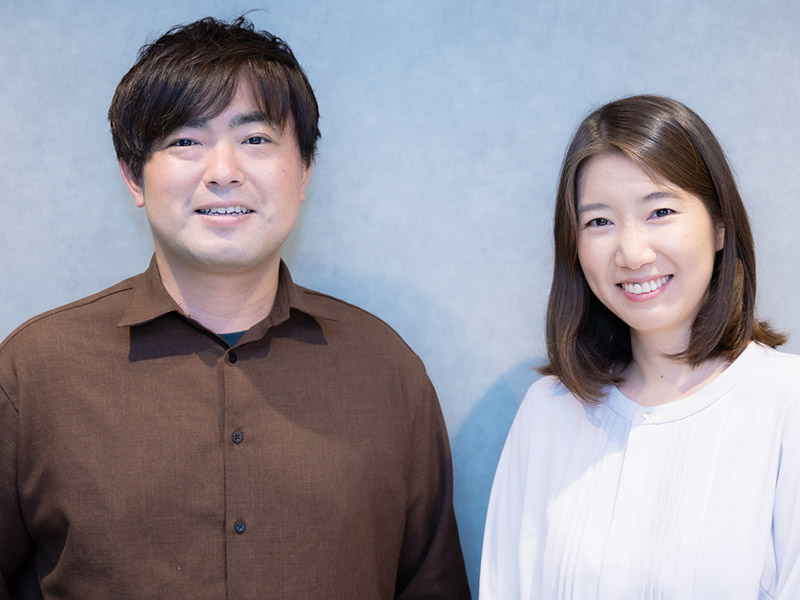Our company name is different, but our mission remains the same
Tell us a little about your company mission statement, ‘to cultivate a sense of wonder from children all around the world.’ Was there a particular experience that inspired you to set this as your mission?
Before I started my own business, I spent a lot of time as an educator with children in various settings. During one of those experiences, I spent some time at a children’s home for children who have difficulty attending school for one reason or another. This experience led me to create the foundation of our mission, a ‘sense of wonder.’
In the beginning, I had the idea of bringing the learning to children who couldn’t come to class. At the time, I was totally enthused and thought, “I’ll make these children independent!” However, that approach didn’t work at all.
